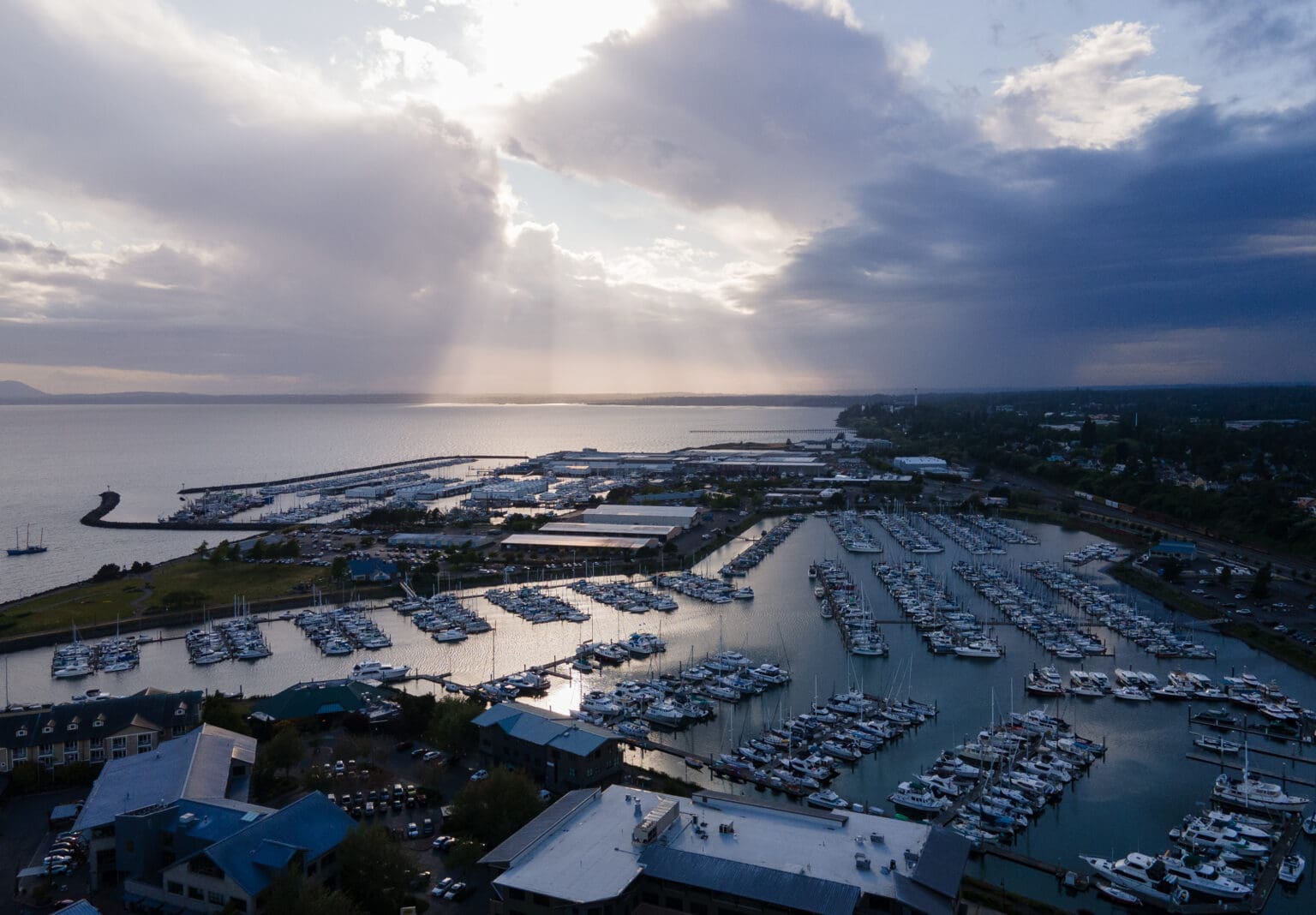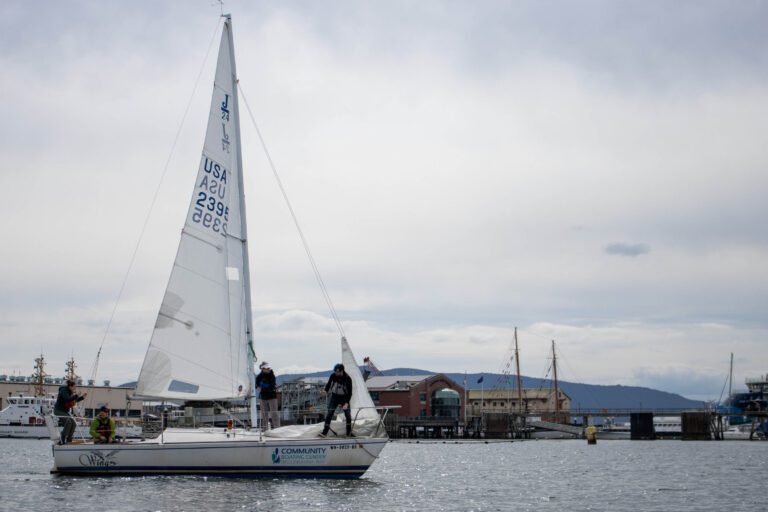Editor’s note: Working Waterfront is an occasional series that captures the past, present and future of Whatcom County’s waterfront, and highlights the people behind the industry. Today’s overview explores how Bellingham’s waterfront has changed.
Take a quick glimpse westward from the city’s current highlands, and the big picture of Bellingham Bay looks roughly like it did two centuries ago.
The tree-lined cliffs of Lummi Island still loom to the southwest as the Nooksack River drops milky silt from the peaks of the North Cascades to the north. Salmon, a fraction of their former numbers, still swim upstream as waves driven by strong southerlies whip the shores. In summer, the sun paints the sky nightly with otherworldly sunsets.
But a closer look reveals that all the man-made moving parts inside the mental frame have changed — and even altered the landscape.
Centuries ago, life on the shoreline that long served as the front door to today’s Whatcom County was radically different. It’s hard to imagine no homes dotting South Hill and Fairhaven, just the old-growth Douglas firs and red cedars overlooking a mudflat. It’s harder yet to imagine the bustling 1920s, when docks covered the shoreline, wooden piers reached far into the bay, and large lumber mills released steam clouds into the sky.
Like other Puget Sound ports, heavy industry has seen boom-and-bust cycles on Bellingham’s waterfront, reshaping the landscape and defining where we live today.
Our own descendants might someday look back at the last bust — marked by the closure of the Georgia-Pacific tissue mill in 2007 — as a turning point, from a resource-extraction economy to whatever might come next.
But consensus about what residents hope will be a cleaner and more attractive future waterfront has remained elusive.
Split passions are at play. Many workers earnestly scramble to maintain remaining industry jobs, aiming to make them “greener” and reduce the environmental harm of the industries that built Bellingham.
“Most of the work that’s being done here follows a cleanup of some kind,” said Jim Kyle, a founder of the Working Waterfront Coalition. “It’s cleaning up historical abuse.”
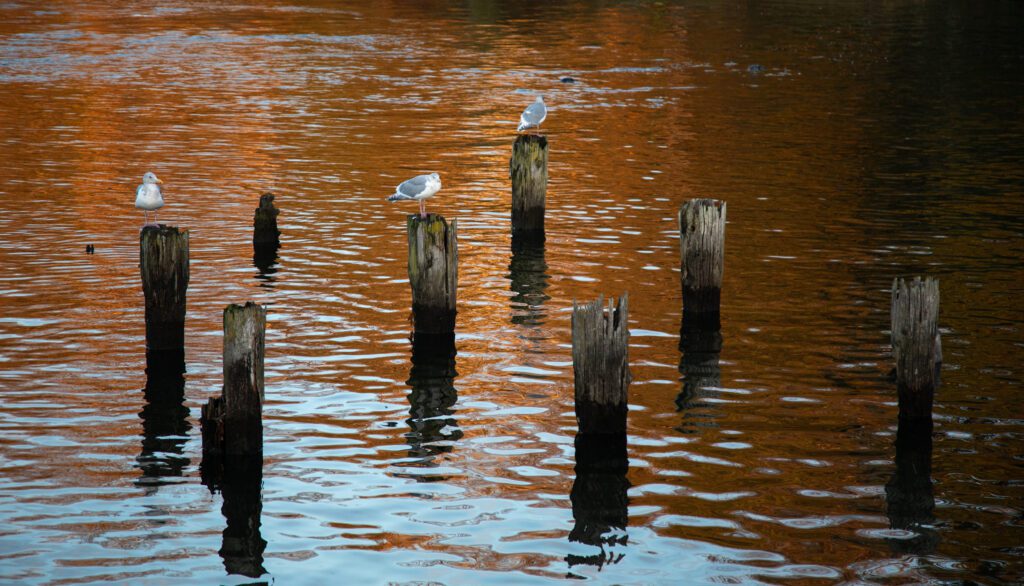
Others profess support for a “working waterfront” of another kind; they prefer quieter spaces, better views and healing shorelines. They wouldn’t lose sleep over seeing purse seiners give way to kayaks.
Whatcom historian Jeff Jewell said when he first came to Bellingham in the 1980s, the pulp mill still pumped out rolls of toilet paper, all while dumping pollutants into the bay. The attitude held by those not employed by waterfront industry, he said, was that everything happening down there was simply bad.
To some degree, greater Bellingham thus has distanced itself from industry that still operates on the shores.
To some, the work of boat builders, fishermen, mill workers and canners is a thing of the distant past to be forgotten. And certainly not a vital element of the waterfront’s future.
But that notion carries a price tag: Roughly 7% of Whatcom County’s workforce relied on waterfront-connected industries, as of 2016, the last year for which local data is available, according to the Port of Bellingham. But a broader study just released by the Washington Maritime Foundation shows maritime trades contributing 174,300 jobs and $45.9 billion in direct and indirect revenues to the statewide economy.
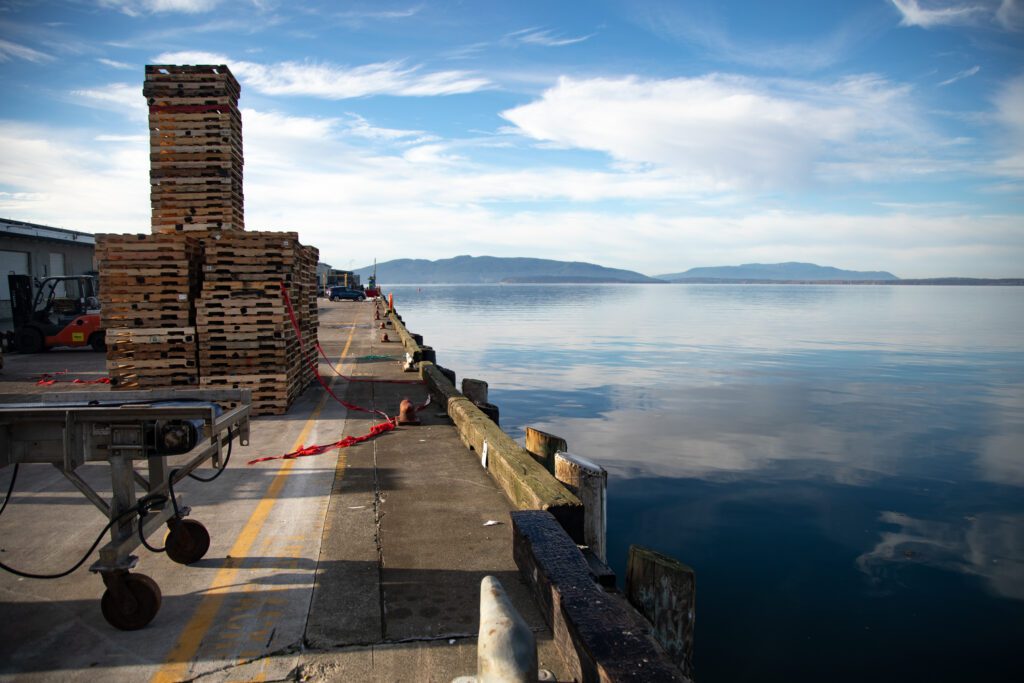
The Port of Bellingham continues to bring industry to the waterfront, with the recent arrival of Corvus Energy and ABC Recycling.
All these dynamics present important, sense-of-place questions — matters considered in other port towns undergoing transitions along the West Coast of the U.S. and Canada.
What does Bellingham really want for its future, and does the waterfront, as once envisioned, still play a central role? If it’s a working waterfront, what does that mean? Is there some winning combination of waterfront business, recreation and open space that sustains economic vitality? And can the region’s culture be maintained without the exploitation of natural wonders that have marked its past?
The answers will come, eventually, through civic and local-government action. That process is already underway, sparked in recent months by arguments over the suitability of a growing metal-recycling industry on Port of Bellingham lands.
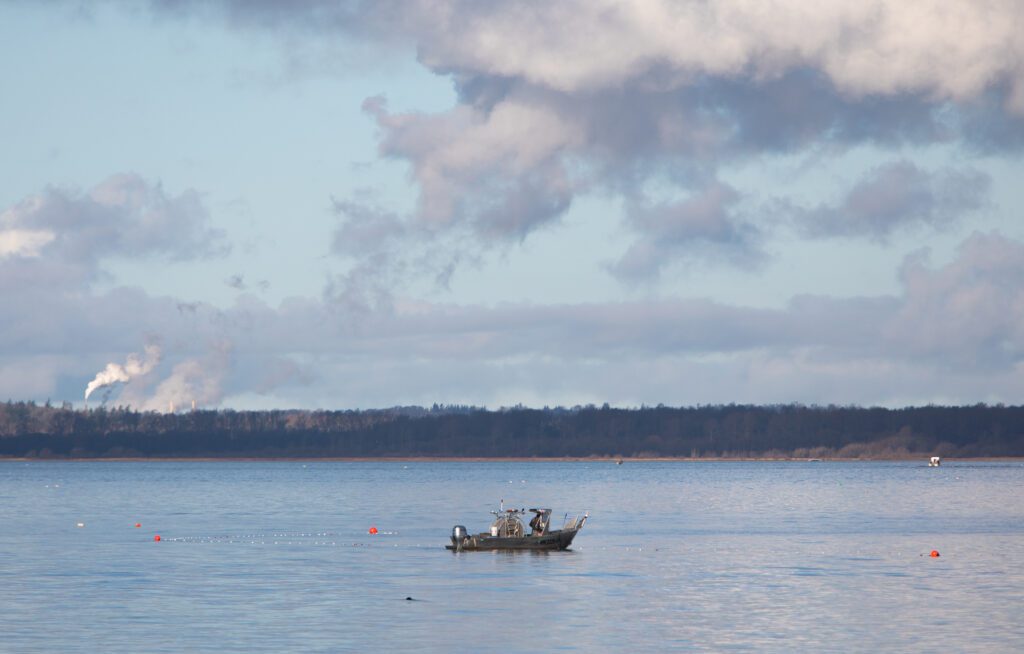
Looming over the discussion, too, is the long-promised redevelopment of the sprawling waterfront site of the former G-P mill, which remains largely incomplete after two decades of expensive cleanup and false starts.
The outcome of that and other disputes will shape the future of the downtown waterfront and everyone who lives and works around it.
Such historic decisions are best made by understanding the past upon which the future will be built.
Coming Sunday: A history story explores the figures and businesses that made Bellingham’s waterfront what it is today.

